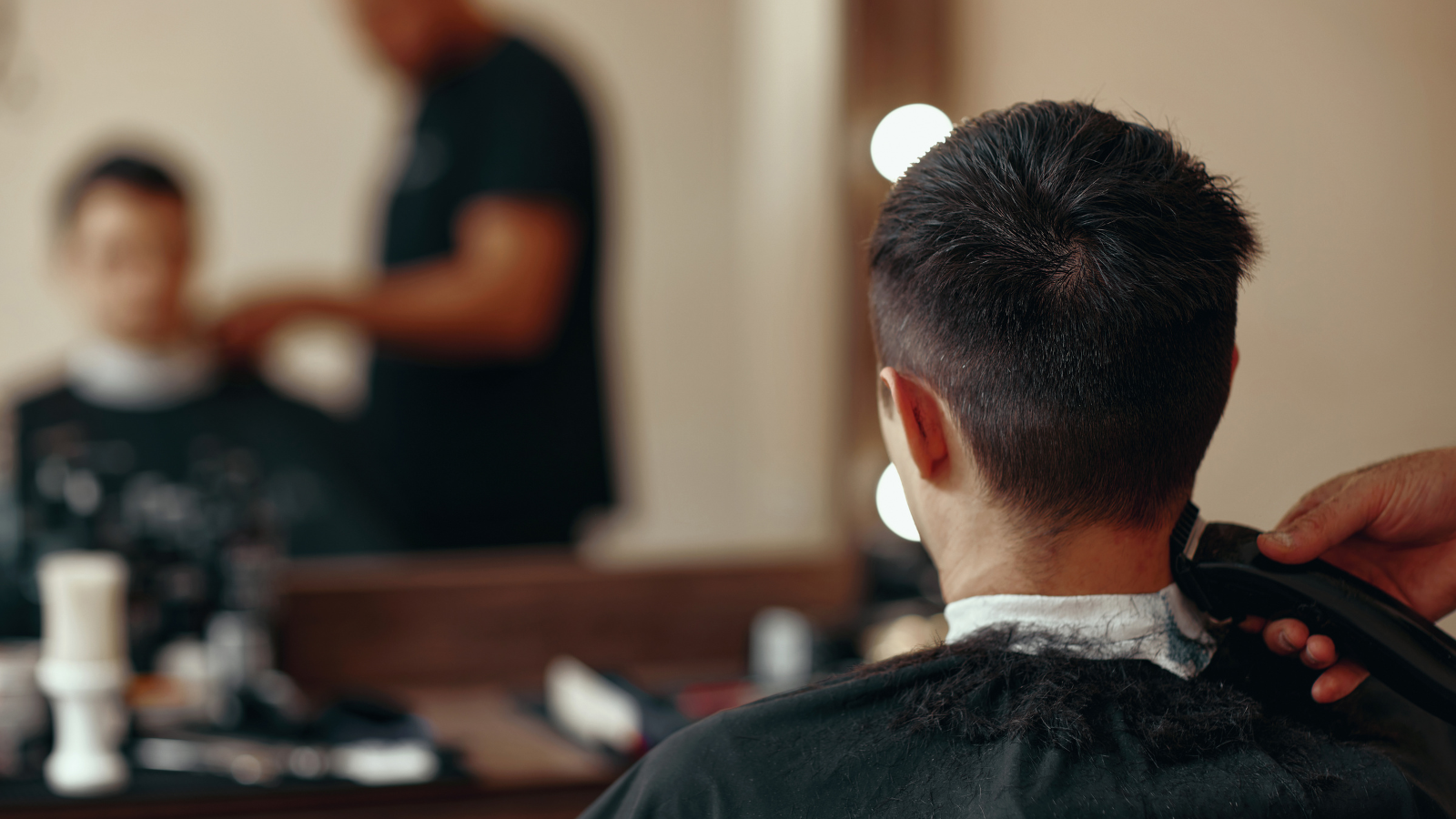Making better connections with men and boys

The initiative from Mental Health First Aid England (MHFAE) for World Mental Health Day entitled “Take 10 together” is very welcome overall. However, beneath this simple advice about how to converse with and support each other to improve emotional and mental well-being lurk false assumptions that we are all the same in this respect and that we all benefit from the same modes of communication.
Aside from the glaringly obvious universal things like:
people often don’t feel like talking when they are feeling low mentally and there may be better ways of connecting with them than talking directly
someone making a specific time to talk can seem false and scripted rather than spontaneous
Listening to and really hearing negative feelings is usually much more positive than trying to keep conversations falsely cheerful
feeling low mentally often results in the first place from not having people you can easily trust to listen to you
There is also the “elephant in the room” called gender. Men and women do on average communicate differently. In particular we know that men seek help less than women, take more risks with their own health, kill themselves more often, use drugs and alcohol more and act out their feelings more. In giving advice about talking to men, therefore, we are left with two primary choices: (1) educate men to communicate differently so they are more like women or (2) educate society to understand gender differences so that we can tailor our approaches more skilfully to honour the diverse needs of different groups.
It will come probably as no surprise that I am of the latter school. All the evidence and my experience points towards men and boys, like any other human group, responding better when you communicate with them in a way that connects with the world they actually live in rather than the one you think they should be living in.
In the case of men and boys, this will mean that in addition to scripting 10 minute face to face conversations we should also be:
doing more “side by side” talking rather than “face to face” e.g. when walking or doing any suitable activity that takes the focus off direct eye-balling
connecting and bonding without talking at all e.g. through shared music, interests and activities
not asking about feelings but getting the story – asking about feelings can feel shaming for men and boys – they will tell you how they feel if and when they trust you but asking them is likely to reduce their trust. Getting their story is much more motivating for men and boys
In truth, asking about feelings in words is overrated – it is connecting with people that is the most important thing, and with men and boys this is particularly the case; men are under pressure to feel strong, so rather than urging them to “open up” to us we should be much more open to their world!
This article was first published on the Male Psychology Network website in 2016
Scroll down to join the discussion
Disclaimer: This article is for information purposes only and is not a substitute for therapy, legal advice, or other professional opinion. Never disregard such advice because of this article or anything else you have read from the Centre for Male Psychology. The views expressed here do not necessarily reflect those of, or are endorsed by, The Centre for Male Psychology, and we cannot be held responsible for these views. Read our full disclaimer here.
Like our articles?
Click here to subscribe to our FREE newsletter and be first
to hear about news, events, and publications.

Have you got something to say?
Check out our submissions page to find out how to write for us.
.
Martin Seager is a consultant clinical psychologist and psychotherapist, lecturer, author, campaigner, and broadcaster. He worked in the NHS for 30 years, becoming head of psychological services in two mental health Trusts. He has advised government and regularly broadcast with the BBC on mental health. He is co-founder and original proponent of the Male Psychology Section of the BPS.













































